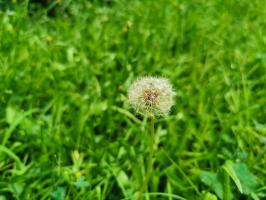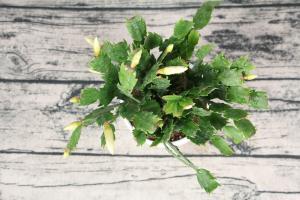How to Prune Tomato Plants
Tomatoes are one of the easiest and most rewarding plants to grow in your garden. However, pruning is a crucial step to ensure a healthy and fruitful harvest. Pruning helps to remove diseased or damaged parts of the plant, improves air circulation, and promotes the growth of new branches and flowers. In this article, we’ll guide you on how to prune tomato plants to maximize their growth and yield.
When to Prune Tomato Plants
Tomato plants should be pruned at different stages of their growth cycle. First, pinch out the suckers when the plant is small and has only a few leaves. Suckers are small shoots that grow out of the main stem, and if left unpruned, they can compete with the main stem for nutrients and energy. Then, after the plant has grown to a height of 12-18 inches, prune the lower branches that are close to the soil. This ensures good airflow and reduces the likelihood of fungal diseases.
How to Prune Tomato Plants
To prune tomato plants, you’ll need a sharp pair of pruning shears or scissors. Look for the stems that have grown beyond the support stake or those that are crossing and rubbing against each other. Cut these stems at a 45-degree angle, leaving a stub of about ? inch. Avoid cutting the main stem or removing more than a third of the plant’s foliage at once. Prune regularly to remove the suckers and branches that are not producing fruits, giving the plant a tidy and organized appearance.
Pruning Determinate vs. Indeterminate Tomato Plants
There are two types of tomato plants: determinate and indeterminate. Determinate tomato plants grow to a predetermined height and produce fruits all at once. They don’t need much pruning except for removing diseased or damaged parts. Indeterminate tomato plants, on the other hand, keep growing and producing fruits until the end of the growing season. They need more pruning to keep them under control, and you should remove any suckers or branches that are not contributing to the production of fruits.
Conclusion
Pruning is a simple but essential practice that can make a big difference in the health and productivity of your tomato plants. Removing suckers, lower branches, and diseased or damaged parts of the plant helps to promote airflow, prevent fungal diseases and produce a better harvest. By following these tips, you’ll be able to enjoy juicy and delicious tomatoes from your garden in no time!

 how many times do yo...
how many times do yo... how many planted tre...
how many planted tre... how many pine trees ...
how many pine trees ... how many pecan trees...
how many pecan trees... how many plants comp...
how many plants comp... how many plants can ...
how many plants can ... how many plants and ...
how many plants and ... how many pepper plan...
how many pepper plan...
































